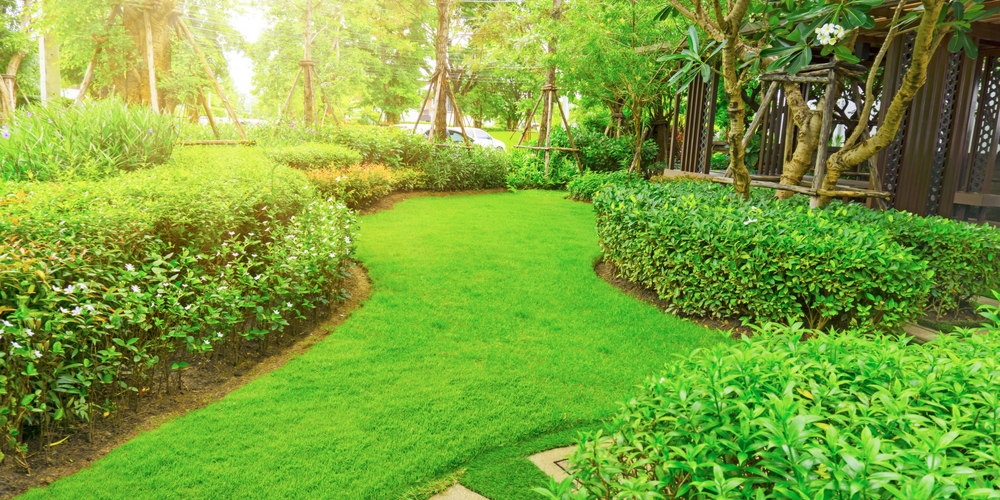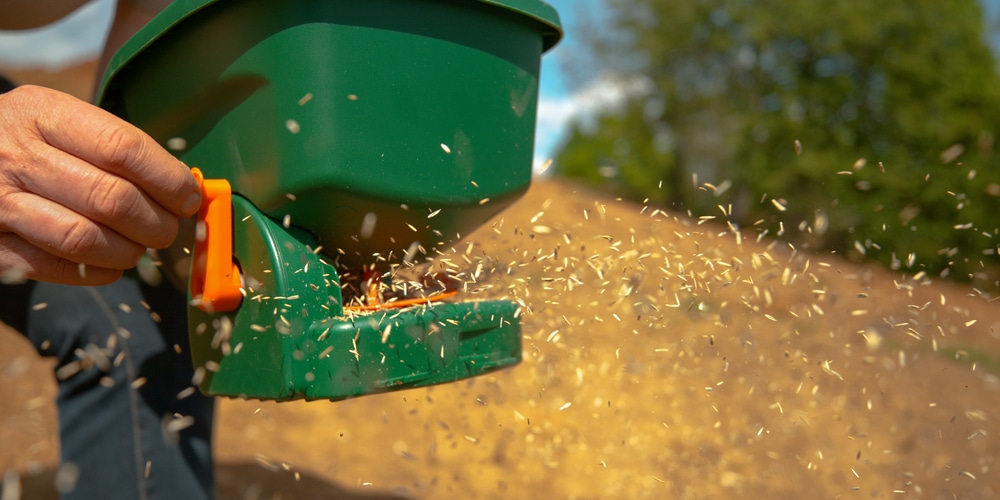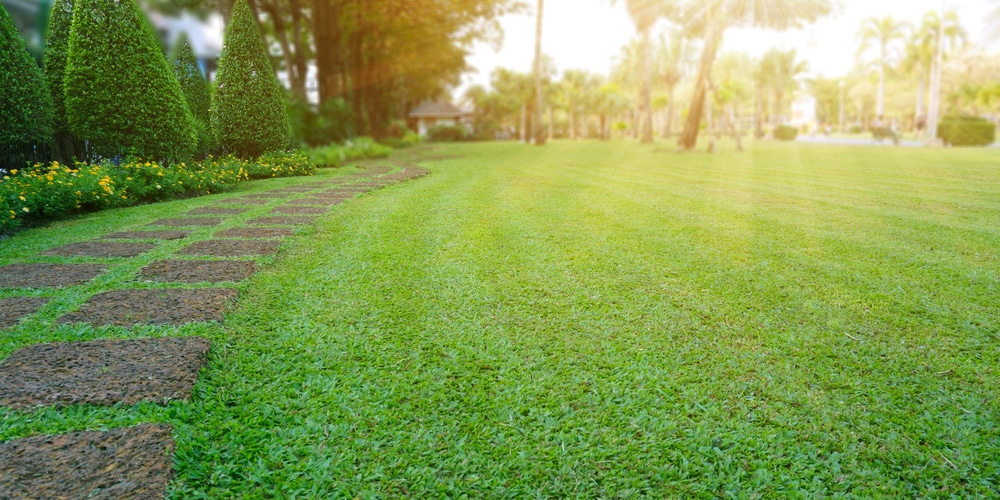Idaho is a land of rugged mountains and wide-open spaces. You’ve come to the right place if you’re looking for the perfect grass seed to grow in this unique environment.
This article will discuss the best grass seed for Idaho and provide tips on how to plant it successfully. So whether you’re a homeowner or a farmer, read on to learn more!
The Best Time To Plant Grass Seed In Idaho
The best time to plant grass seeds in Idaho is spring or fall. The cooler temperatures and longer days of these seasons are ideal for grass growth.
Spring is usually the best time to plant, as it gives the grass a chance to establish itself before the hot summer months. However, fall may be a better option if you’re planting in a high-elevation area.
What Type Of Grass Seed Is Best For Idaho?
There are a few different grass seed types that do well in Idaho. Fescue, bluegrass, and ryegrass are all excellent options. Each type of grass has its benefits and drawbacks, so choosing the right one for your needs is essential. Here is a closer look at each type of grass seed:
Fescue
At first glance, fescue might not seem like the ideal choice for shady areas. This type of grass is often associated with sunny meadows and green expanses, not the cool shade beneath a large tree.
However, it more than makes up for what fescue lacks in bright summer color with its hardy nature. Fescue is known for its tolerance to drought and chilly temperatures. It also grows deep roots to extract nutrients from the soil, even in less-than-ideal conditions.
Plus, this versatile grass type can handle heavy foot traffic better than many other types of grass – although it’s generally not recommended in high-traffic areas or around playgrounds or pathways.
Ultimately, while fescue might not be the perfect fit for every situation, it is an excellent option for those looking to add some greenery to shady areas or who live in regions where rainy and cold weather are typical.
So if you’re on the lookout for a low-maintenance yet hardy lawn option, look no further than fescue!
Bluegrass
Bluegrass is a popular choice for lawns due to its beautiful blue-green color and excellent tolerance to drought and cold temperatures. This grass type can survive prolonged periods of hot, dry weather with no water, making it ideal for sunny or sloped areas where an automatic sprinkler system might be difficult or inefficient.
However, one caveat to keep in mind is that bluegrass doesn’t do well in shady areas. If you have several trees on your property and are looking for grass that will thrive even under low light conditions, you may consider other options. Still, nothing beats the lush coolness and vibrant color of healthy bluegrass lawns for those with the right growing conditions!
Ryegrass
Ryegrass is an excellent choice for most yards. It is known for its quick growth and deep root system, making it well-suited for various environments and weather conditions.
Ryegrass is also highly durable and can withstand warm temperatures and cold snaps without much trouble. However, there are a few downsides to ryegrass that should be considered when choosing this type of seed.
It does not hold up well under heavy foot traffic, so if you have a garden or play area in your yard that gets lots of use, ryegrass may not be the best option.
Additionally, while ryegrass can tolerate drought conditions reasonably well, it requires more water than other popular types of grass such as Bermuda or Bluegrass. I
If water conservation is your main concern, another type of seed might be a better option. Overall, though, ryegrass offers many benefits and can make a great addition to any lawn or garden.
How To Water And Care For Your New Lawn
Once you’ve chosen the correct type of grass seed for your needs, it’s time to start thinking about how to water and care for your new lawn. Here are a few tips to get you started:
- Water regularly and deeply. Watering deeply encourages roots to grow deep into the soil, making them less susceptible to drought conditions.
- Mow often and at the right height. Mowing too short can damage grass, while mowing too high can grow weeds. The general rule of thumb is to mow when the grass is about one-third its maximum height.
- Fertilize regularly. Fertilizing helps grass grow thick and strong, making it less susceptible to disease and pests.
- Aerate yearly. Aerating helps improve drainage and allows the roots to better access nutrients in the soil.
Best grass seed for Idaho: Conclusion
These are just a few of the most important things to keep when watering and caring for your lawn.
By following these tips, you’ll be on your way to having a healthy, lush lawn that you can enjoy for years to come!
Related Article: When to Plant Grass Seed in Idaho?


